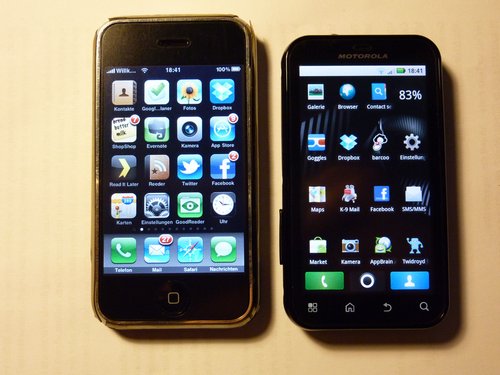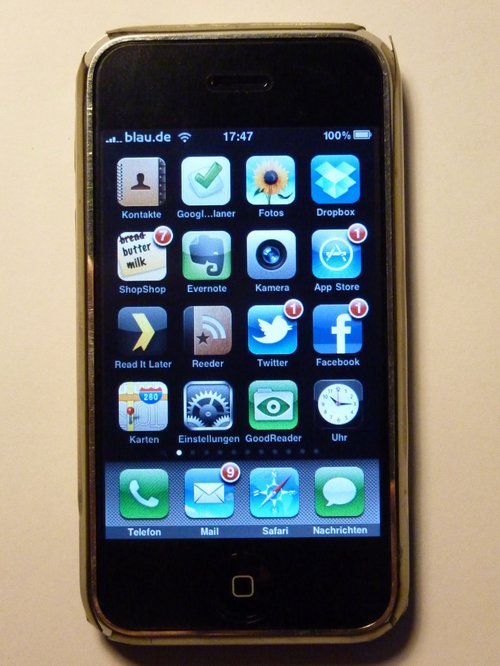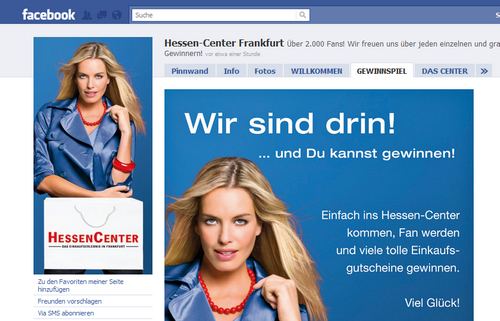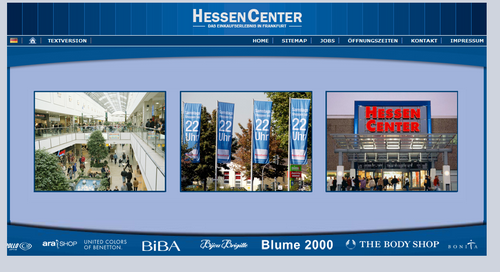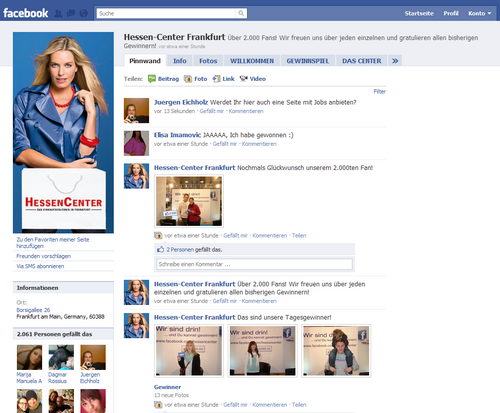I’ve only recently joined Spotify (via a Dutch proxy server) – the in-the-cloud music service that has almost all tracks. I like Spotify – a lot – and wouldn’t want to stop using it, even though it isn’t that easy to register an account with them from Germany or even pay for an unlimited or premium Spotify access.
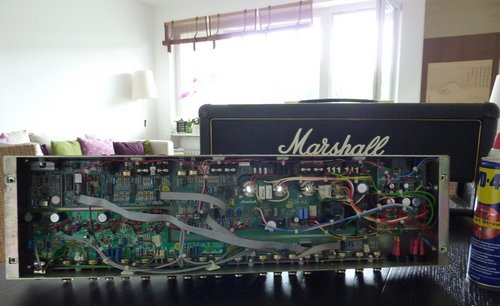
a somehow unrelated photo I’ve posted here to focus your attention on the text. (yes, I’ve recently repaired this Marshall guitar amp for a friend of mine)
There are alternatives to Spotify, alternatives that are accessible from Germany, namely Grooveshark and Simfy. Grooveshark is somehow questionable because – as far as I know – they do not have agreements with record labels or the German Society for Musical Performing and Mechanical Reproduction Rights (GEMA) which has for long been an obstacle for internet surfers in Germany to access music videos from a German IP. But nevertheless, from a user perspective – and that’s all that matters right now – it doesn’t really matter which service you are using as long as your stuff is available*. What’s your stuff, you ask? Your metadata.
I am using the term “metadata” to describe all the soft and invisible stuff that provides the extra, the bonus data that brings the icing on the cake. With music services, it clearly is playlists. Your own and those of other users you’ve subscribed to.
Playlists
Now, with all these different music services, music in form of downloadable mp3s and streaming audio to your desktop computer or even mobile phone, it seems to be obvious that the availability of multimedia files as such isn’t the latest fashion, but instead your private or shared playlists. Playlists, I think, are the same reason why I prefer carefully written music blogs to mass music blogs that keep on publishing music-related posts just because it’s their business. No, playlists are the modern mixtape, the human selection that you can share with others. To me, these are very valuable.
When I switched from Spotify to Grooveshark the other day, I was wondering about my playlists and starred tracks on Spotify and how to get them onto Grooveshark. There’s a service that does exactly that: Groovylists.com – which will help you importing up to 200 tracks in one go.

In-Sync
However, I found myself preferring Spotify to Grooveshark for different reasons (there’s Fadhili Williams on Spotify!) so I went back to using Spotify and have been wondering how to keep these lists in sync. Would I want to manually keep all these services in sync? Will this question be solved one day with the introduction of Apples’s music cloud service and the standards (if any) it will set for their competitors? Mimi, me I don’t know. But what I do know is that we’ll urgently need a service that syncs all our metadata to the cloud and makes it available via a secured API to all these fancy new Web 2.0 sites. Just like the already existing password, bookmark and setting synchronisation via Firefox, Chrome, Xmarks and LastPass. Or that I can already backup all the apps from my Android phone to my Dropbox folder via Titanium Backup in one go.
What we’ll need is ONE service that does just that. Something that we can trust and that syncs all the selected metadata, be it private or openly shared, from all devices and all services to all devices and services. I’d even pay for (the privacy of) it.
Does something like that already exist?
(* = “your music”, as in “your mp3 won’t be uploaded to our music service because it already exists on our Amazon-S3-based service where we’re paying for the Gigabyte”, or in other words: it’s not the music files that matter, but the associated data, hence the metadata)


